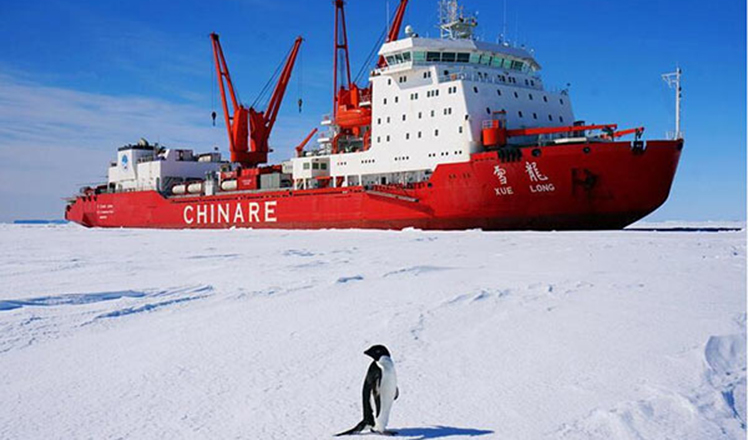A nation of Earth's most unearthly places
Updated: 2016-03-14 09:44
By Erik Nilsson(China Daily)
|
||||||||
Rocky Mountain
Colorado's Rocky Mountains' upward pitch sires a multiplicity of ecosystems. Lowland aspen surrender to alpine evergreens that shrivel into snarled bonsai that evaporate at the tree line into tundra prairie, where flowers tower as the highest flora.
Over 560 km of trails lattice the 100-sq-km park.
Altitudes that peak at 4.3 km leave hikers gasping-both in awe and for scant oxygen.
Trail Ridge Road is the country's highest paved motorway, while the mostly gravel Old Fall River Road follows old Indian hunting routes.
The array of elevations conjures diverse wildlife, with over 60 mammals and 280 avian species. Mountain lions tackle bighorn sheep, while bobcats pounce upon smaller prey. Elk herds can swell to populations of 600.
Yosemite
Celebrated naturalist John Muir declared of Yosemite: "It is by far the grandest of all the special temples of nature I was ever permitted to enter."
Its divine topography is sculpted by tectonic activity that crunched plates together in slow motion and gushed with volcanoes before it was ground by glaciers-some of which survive, although as ghosts of their former selves.
Such landscapes produce plentiful waterfalls, including the continent's highest at 740 meters, and granite domes. El Capitan's 1-km face is one of world's most celebrated rock-climbing destinations. Camp 4 is credited as a birthplace of the sport.
Over 1,300 km of trails trace elevations that swoop from 650-4,000 meters, generating five vegetation zones in this swathe of California's High Sierra hosts. The terrain bristles with 92,000 hectares of old-growth forests, including three giant sequoia groves.
Yellowstone
Grizzlies, bison and wolves rove among the world's greatest concentration of geysers, including Old Faithful. The 300 spouts stand out among Yellowstone's 10,000 thermal formations, including mudpots, hot springs and fumaroles.
The park that spans hunks of Wyoming, Montana and Idaho also hosts the planet's biggest petrified forest and its largest calderas.
Its geological idiosyncrasies inspired the preservation of its ecology as the country's first national park.
It's inhabited by seven ungulates, including bison, moose and pronghorn, and nearly 70 other mammals, 320 bird species and 16 types of fish. They dwell among over 1,100 native plant species.
They're the life force of this otherworld on Earth-one from ancient days before modern mankind so manicured and domesticated our planet that we rendered it unrecognizable compared to its natural and wild self.

 Beijing sees blue sky during the two sessions
Beijing sees blue sky during the two sessions
 Fukushima five years on: Searching for loved ones
Fukushima five years on: Searching for loved ones
 Robots ready to offer a helping hand
Robots ready to offer a helping hand
 China to bulid another polar ship after Xuelong
China to bulid another polar ship after Xuelong
 Top 10 economies where women hold senior roles
Top 10 economies where women hold senior roles
 Cavers make rare finds in Guangxi expedition
Cavers make rare finds in Guangxi expedition
 'Design Shanghai 2016' features world's top designs
'Design Shanghai 2016' features world's top designs
 Cutting hair for Longtaitou Festival
Cutting hair for Longtaitou Festival
Most Viewed
Editor's Picks

|

|

|

|

|

|
Today's Top News
What ends Jeb Bush's White House hopes
Investigation for Nicolas's campaign
Will US-ASEAN meeting be good for region?
Accentuate the positive in Sino-US relations
Dangerous games on peninsula will have no winner
National Art Museum showing 400 puppets in new exhibition
Finest Chinese porcelains expected to fetch over $28 million
Monkey portraits by Chinese ink painting masters
US Weekly

|

|







